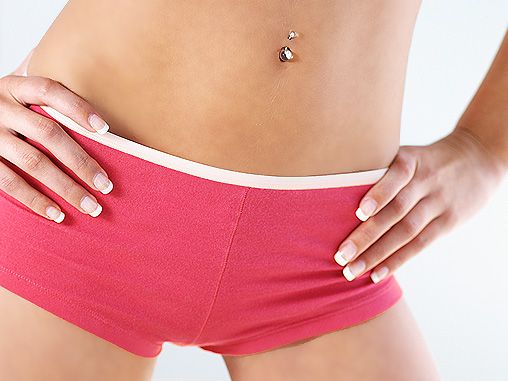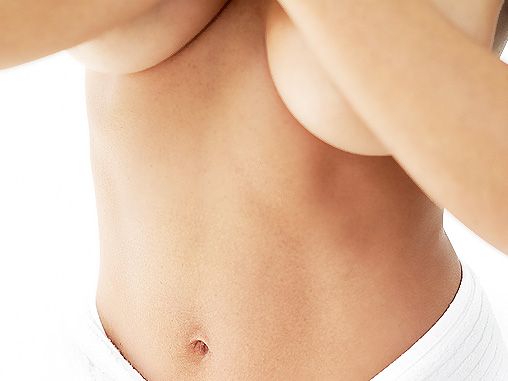Breast reduction and uplift
- Apart from standard assessment of health condition, the reason for breast reduction surgery must be established. Typically, large breasts cause spine deformation resulting in pain and bad posture. In some cases one breast is much larger than the other and the patient does not want to have the smaller breast enlarged. As a part of the qualification procedure general condition of breasts must also be evaluated i.e. gland tension and condition of the skin. Slightly droopy breasts with intact skin can be subject to a reduction procedure and retain the gland's function which does not interfere with future breastfeeding and therefore may be performed in a young patient. Droopy breasts with loose skin and mastopathic changes need to be reduced, lifted and filled with an anatomical implant in order to achieve satisfactory results, but this technique precludes future breastfeeding. Numerous surgery techniques available are based on various types of skin/gland reduction and modelling of a new gland. Some surgeries do not provide an immediate effect, but ultimately the results are very natural and long lasting.
- Before the surgery
Qualification for surgery
- Blood type
- Complete blood count (CBC) with differential
- ESR
- Complete blood count (CBC) with differential,
- fasting glycaemia,
- Hbs,
- HCV,
- ECG,
- Breast ultrasound scan or mammography.
2,5 - 4 hours






